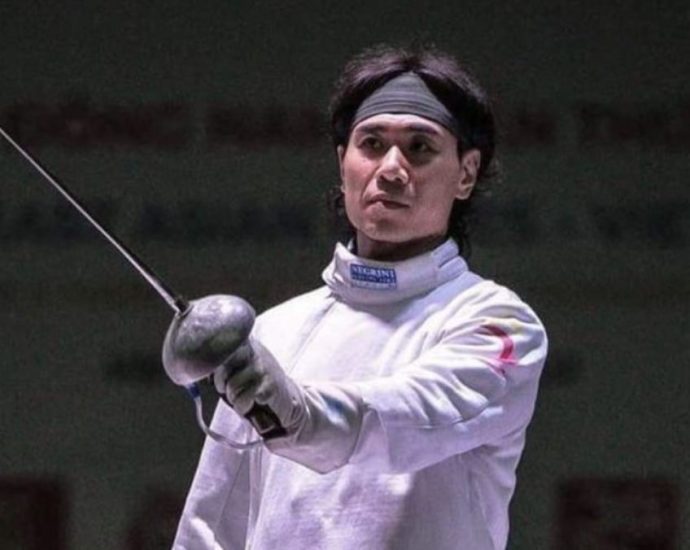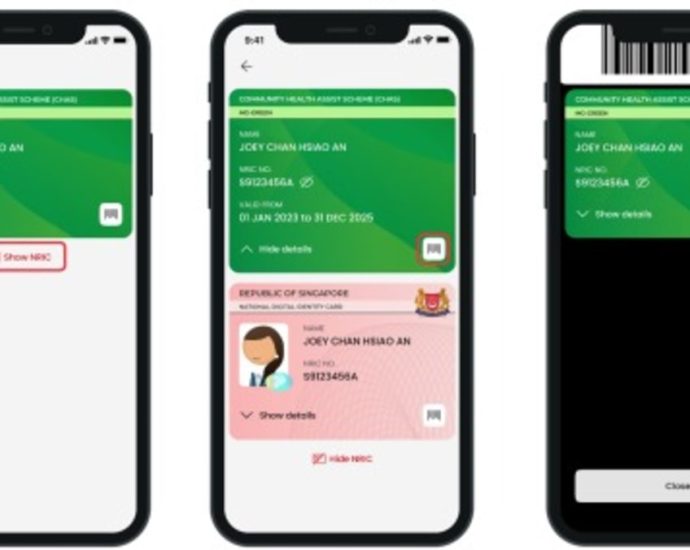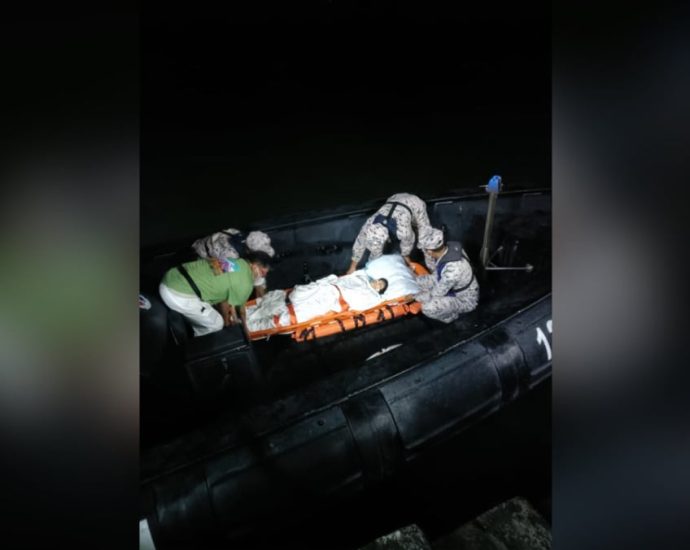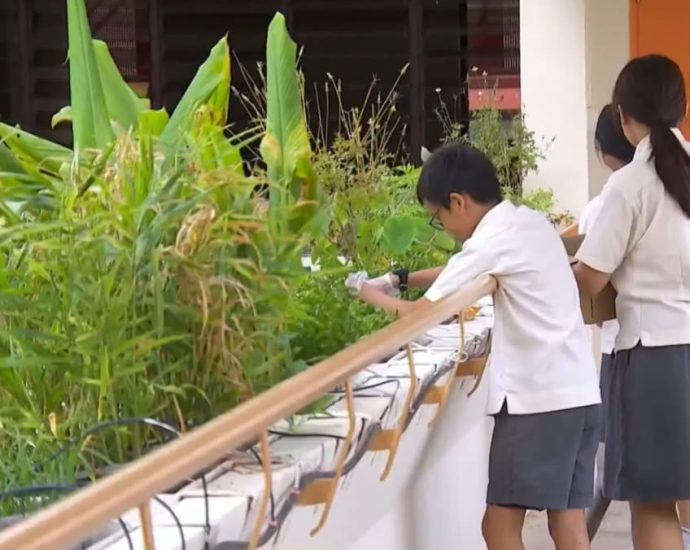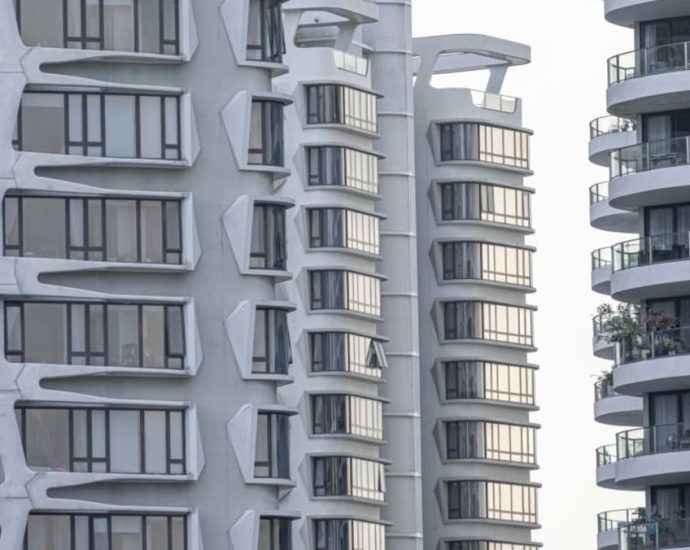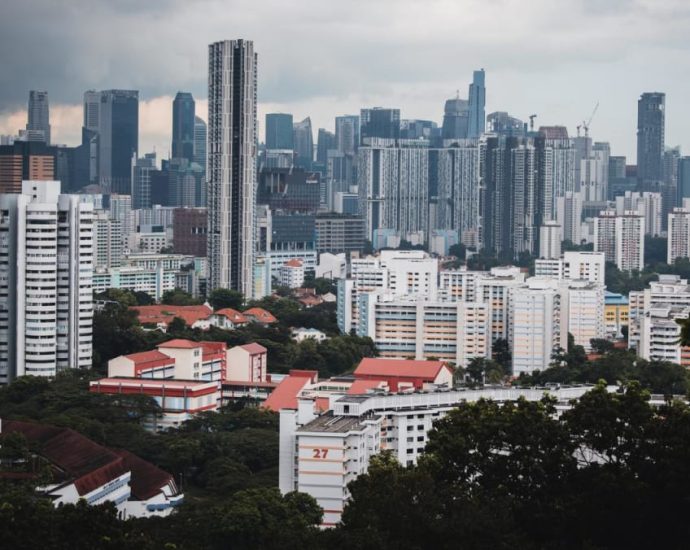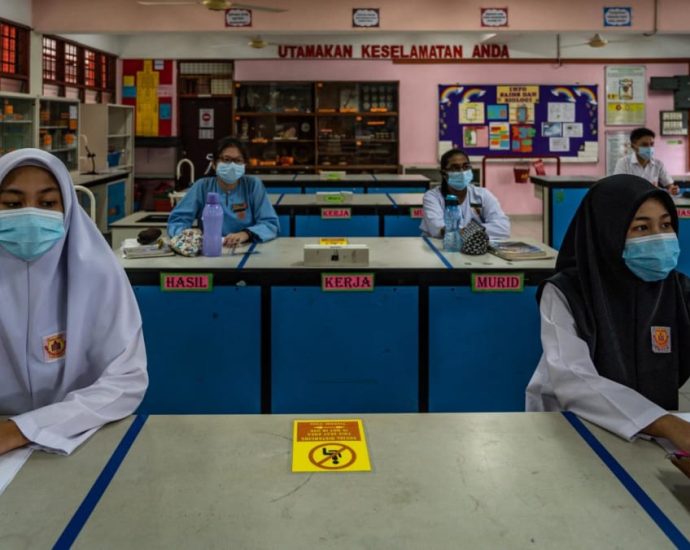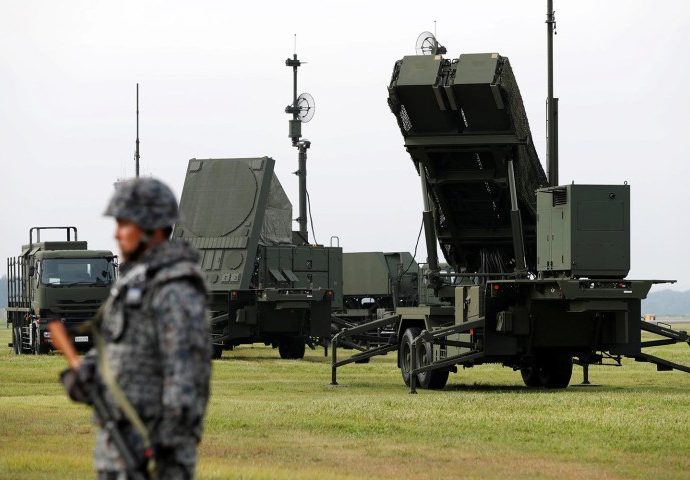Singapore property stocks hit by latest round of cooling measures

SINGAPORE: Property stocks in Singapore took a hit on Thursday (Apr 27) after the government announced increased additional buyer’s stamp duty (ABSD) for residential properties.
Shares of City Developments fell as much as 6 per cent from Wednesday’s closing price, while UOL slipped 5.29 per cent at session lows.
Real estate agencies PropNex and Apac Realty dropped 6.51 per cent and 7.63 per cent.
The broad Straits Times Index dipped 0.69 per cent earlier in the day but closed 0.36 per cent lower.
The government announced late on Wednesday night that foreigners will have to pay 60 per cent ABSD on any residential property they buy, doubled from 30 per cent.
For Singapore citizens buying their second residential property, the ABSD was raised from 17 per cent to 20 per cent. Those who buy a third one will have to pay 30 per cent ABSD.
This is the third round of cooling measures since December 2021, when the ABSD raised for housing developers as well.
Commenting on the declining stock prices of property developers, Mr Gary Ng, a senior economist at Natixis Corporate and Investment Banking, said “a cooled real estate market can dampen (the) profit outlook”.
“Many Singaporean developers have wide coverage in different property sectors, and those who are less diversified and have a bigger focus on the residential market may face more pressure,” he said.
Mr Ng added that there could be more headwinds ahead for property firms in Singapore because the hike in ABSD for foreigners is “massive”.
Minister for National Development Desmond Lee said last September that foreigners accounted for around 3 per cent of private housing transactions in 2020 and 2021.


